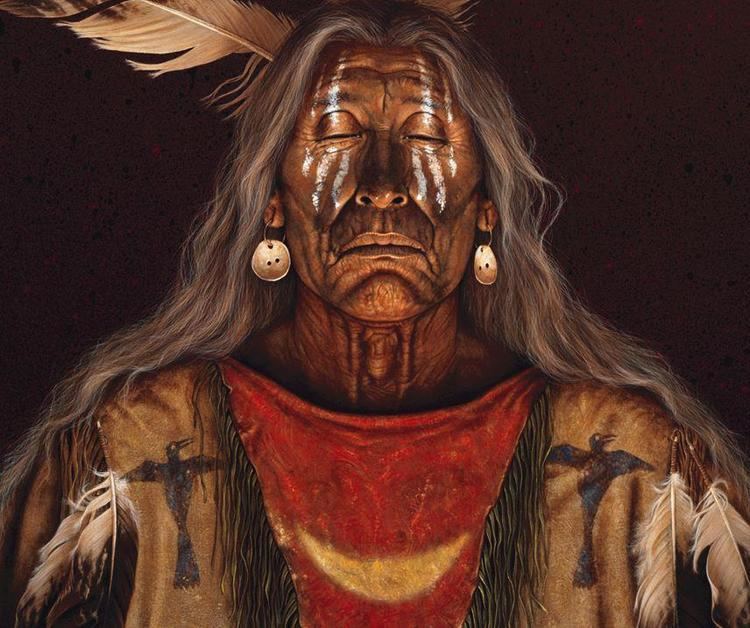 | ||
Highlights bruno caboclo pours in career high 31 points for raptors 905
A caboclo ([kɐˈboklu], also pronounced "caboco"; from Brazilian Portuguese, perhaps ultimately from Tupi kaa'boc, means a "person having copper-coloured skin") is a person of mixed Indigenous Brazilian and European ancestry (the first, most common use), or a culturally assimilated person of full Amerindian descent. In Brazil, a caboclo generally refers to this specific type of mestiço. A person of mixed Indigenous Brazilian and sub-Saharan black ancestry is known as a "cafuzo."
Contents
- Highlights bruno caboclo pours in career high 31 points for raptors 905
- Bruno caboclo posts 17 points 10 rebounds vs the nets 11 20 2016
- Etymology
- Days celebrating racial groups in Brazil
- References
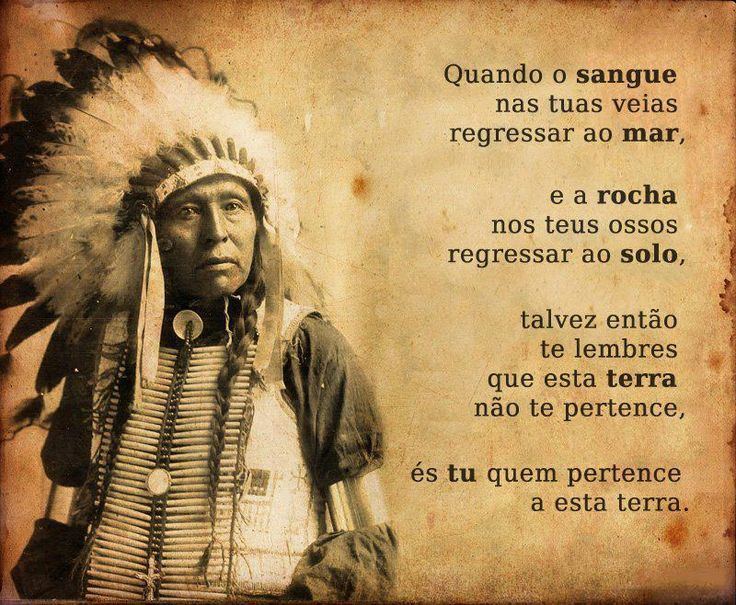
Bruno caboclo posts 17 points 10 rebounds vs the nets 11 20 2016
Etymology
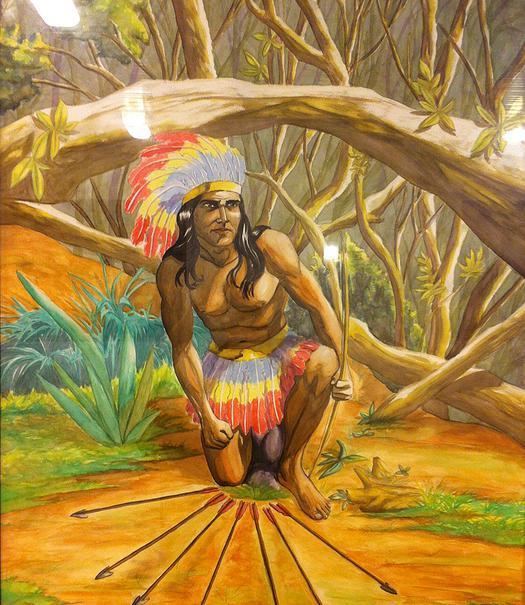
The term caboclo (which in the Amazon Basin and in Candomblé is usually pronounced without the l, as caboco) is said to come from the Tupi word kari'boka, meaning "deriving from the white". Its primary meaning is mestizo, "a person of part Amerindian and part European descent." But it may also be used to refer to any Indigenous Brazilian who is assimilated. The term Indian should not be confused with people originating from India in South Asia.
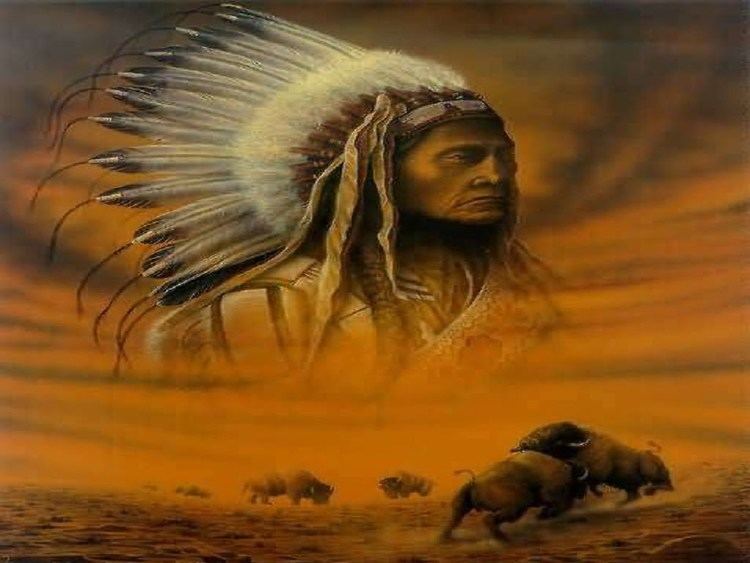
The king of Portugal, D. Joseph I, encouraged marriages between European colonists and Indians in the 18th century; this enabled the European men to settle into families, and resulted in the birth of the first caboclo children. Similarly, in the 19th century during the time of rubber soldiers, the government recruited young, primarily white and mestiço Brazilian men from Northeastern Brazil and transported them into the Amazonian interior to harvest rubber. The men were never granted permission to leave, and married local native women, fathering more generations of mestiços.
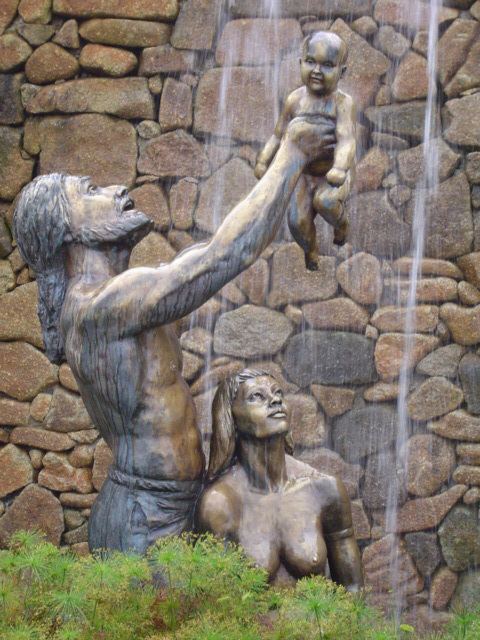
The caboclo populations in the Amazon region of Brazil are noted as voracious eaters of the açaí palm fruit, which is basic to the traditional diet of the natives. In one study, açaí palm was described as the most important plant species because the fruit makes up such a major component of diet (up to 42% of the total food intake by weight) and is economically valuable in the region (Murrieta et al., 1999).

The term caboco is also used as an alternate term for the Orishas of the Candomblé religion. The caboclo is also an Orisha.
